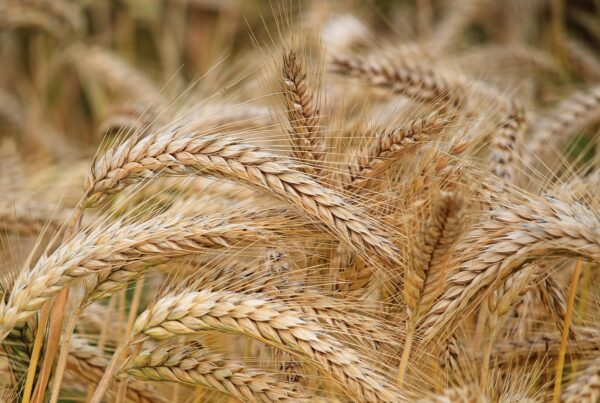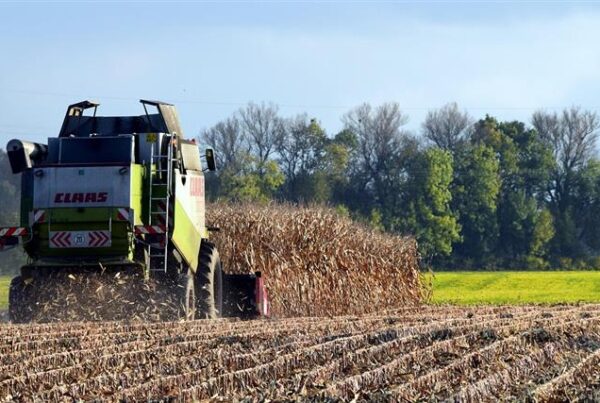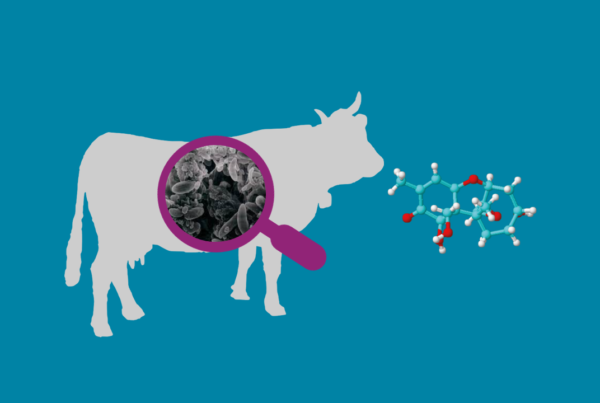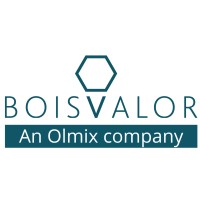Olmix Group addressed the importance of digestibility at recent AMVEAV 2018 in Boca Del Río (Veracruz, Mexico).
Under the slogan ‘Poultry… a Dynamic Environment’ and sponsored –among others- by Olmix Group and its distributor SIVET, the 17th edition of AMVEAV attracted hundreds of professional experts from the poultry sector in Boca del Río (Veracruz, México) last July to discuss and exchange concepts, knowledge and ideas on the latest trends of the sector.
The event, attended by Olmix LAN at Stand 11, showed a series of technical sessions that proved the non-traditional sustainable alternatives to be a role model to boost intestinal and digestive health, as well as productivity in aviculture. As it could not be otherwise, Olmix Group also shared this message at the conference programme:
“The impact of food digestibility in terms of productivity is great. We must always look for better performance and feed conversion rates. The margin gained by producers depends very much on feed effectiveness. Therefore, investments to upgrade feed conversion offsets the increased cost of raw materials”, María Ángeles Rodríguez, Product Manager of the For Feed range from Olmix Group, explained during her talk.
According to the expert, this feed conversion improvement must go hand in hand with a daily weight gain improvement, which is another important parameter for the profitability of poultry companies and a sign of good health for the animals.
“At the same time, the margin producers obtain from meat or egg depends on production efficiency. Thus, investing in upgrading the daily weight gain offsets the budget increase in raw materials. The more expensive the feed is, the more you need to obtain a better daily weight gain!”.
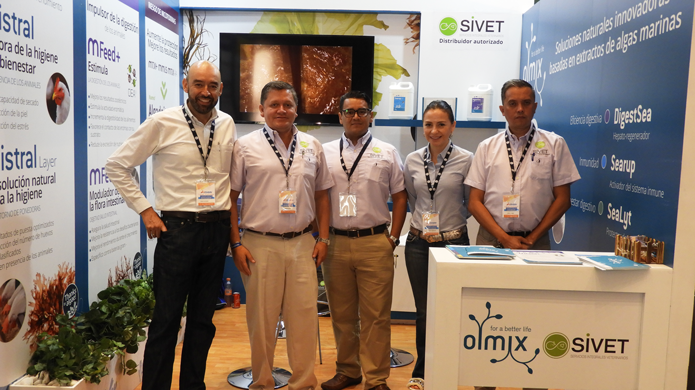
Stand of Olmix Group at AMVEAV.
To increase booth feed conversion and daily weight gain, digestibility of the feed must be enhanced, and this, according to Rodriguez, depends on the feed itself:
“If we improve feed digestibility, that’s a way to enhance feed conversion and/or daily weight gain. Digestibility depends on the content of the feed and may vary between 77% and 88%. Using more digestible raw materials will help to better harness the feed but I have to say that it comes at a price. Using exogenous enzymes improves the digestibility of some raw materials, but not above 5%. The bulk of digestion is provided by endogenous enzymes produced by the animal. How could we upgrade its efficiency?”, Rodríguez asked, who later explained how Olmix Group, through algae-based technologies, managed to solve this problem.
“Through our patented technology, Olmix Group has achieved an improvement in digestive efficiency by enhancing feed digestibility thanks to specific algae extracts combined with a clay complex. This we can achieve through a new technology, MFeed+, which is an exfoliated bentonite with algae polysaccharides. Thanks to this product, nutrients and enzymes are to meet a lot earlier, which means that the efficiency of these enzymes will be greater as well. This way we will be also providing cofactors to activate these enzymes and then making that digestive efficiency even higher”.
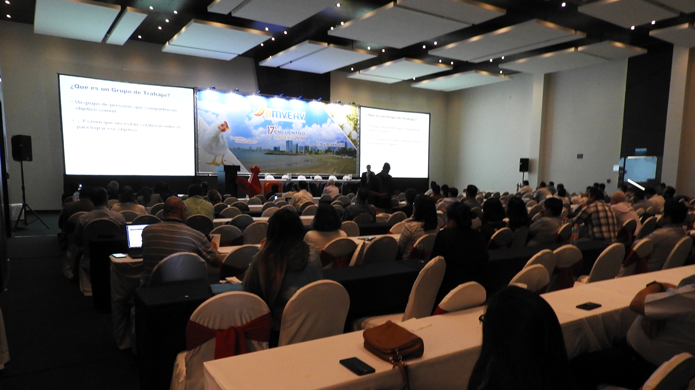
One of the conferences at AMVEAV.
Lastly, Olmix Group sponsored a technical presentation given by Doctor Gabriel Álvarez, where he described the future of grain markets and animal protein production.
